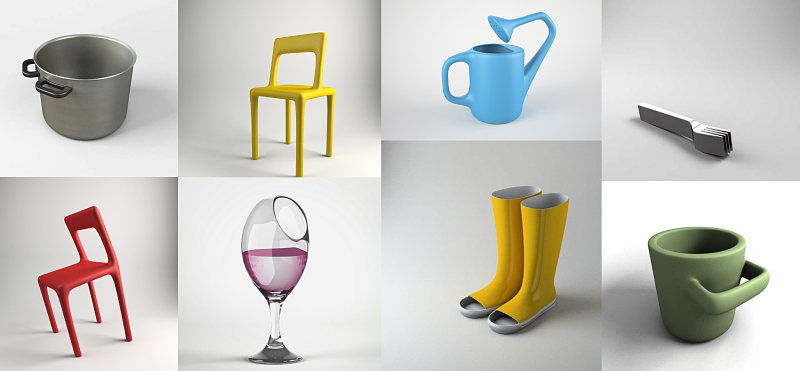It is a pleasure to read John Maeda’s Design in Tech report, where he claims that for every developer there are now more designers, that we are more and better appreciated than ever and that we have a greater presence and more responsibility at the corporate and business levels.
Working with user experience design teams can add great value to any digital product or service if properly managed.
Even so, right in the midst of this customer centric era, the amount of decisions that are made against the interests of customers and users is astounding. UX designers will make sure your customers can purchase things easily, return to buy other items, be satisfied throughout the process and have a good opinion of your brand.
If you want to know how to improve collaboration with this kind of professionals, here are some tips for unlocking their full potential.

‘Bursting through the defence’
UX profiles can provide more reliable solutions if they have access to all usage data, customer incident reports, Analytics accounts, opinion surveys, result reports and so on.
They must have a holistic vision both of product and service, which they will become a part of. Making them part of the processes and operations behind the product will give them a fuller outlook and they will be able to know the impact of their solutions.
Empower them internally
Employees can have some misgivings about strategic decisions of a certain import if these are not made by people within the company. It is essential to make designers visible and to empower them from certain strategic management, marketing or product spheres at the company.
In order to achieve this, designers must be asked to provide deliverables that are clear and have an executive focus, where the improvement of the target KPIs can be clearly seen.
Anticipate their appearance
UX designers are in their element during the strategic conception and definition phases. It is here where they can provide the greatest value. Thanks to the use of conception and definition dynamics they will be able to provide solutions to the rest of the team that have reached the right compromise between technology, business and user needs.
Let them have a seat at the decision-making table where business ideas and goals are generated.
The process is part of the solution
UX designers base their proposals on information gleaned from empirical data, qualitative approaches, group dynamics and past experiences. They might pick among one or the other depending on the project.
Have them prove both the solutions and the process that helped them to arrive at them. A big part of a UX designer’s job is to communicate results in a clear, understandable manner.
Freedom of movement
Designers – and probably all other professionals – have to feel comfortable and know they have the backing of the company or the client they are working for. The greater the freedom of movement, creation and operation they have, the better for the product.
Give them freedom, decision-making capabilities and visibility; let them do their dynamics with sticky notes of different colours… Even if you do not think so, they are almost always more useful than an Excel spreadsheet forwarded 75 times by email with requirements from 4 departments and 2 outside companies.
Demand results
Do not worry. Apart from making things easier for them, you can also demand things from them. Designs must have a direct impact on the results of the company or the product.
The KPIs to be achieved must be selected during the initial phases of a project – ideally with the help of the designer. Designers must have these data as the objective throughout the project and focus their strategy on improving them.
“Good design is good business” - Watson Jr. - IBM
Trust the method
The time of design gurus who tried to sell snake oil to unknowing clients is long past. Nowadays designers have a working methodology with which they can provide, based on the target customer and their needs, effective solutions that will improve the business goals.
This is why you must believe in this method that is bringing so much success to the teams and products that apply it.
It is not visual design
And, yes, we are still repeating it in 2018: design is not only a visual or artistic aspect.
“Design isn't about beauty; it's about relevance and meaningful results” - John Maeda
User experience design brings together a series of disciplines that range from the tactical to the strategic. Hence, if you pick good professionals and provide them with the right working framework, you will be able to take your product or service to new excellence and profitability levels.
Comments are moderated and will only be visible if they add to the discussion in a constructive way. If you disagree with a point, please, be polite.




Tell us what you think.